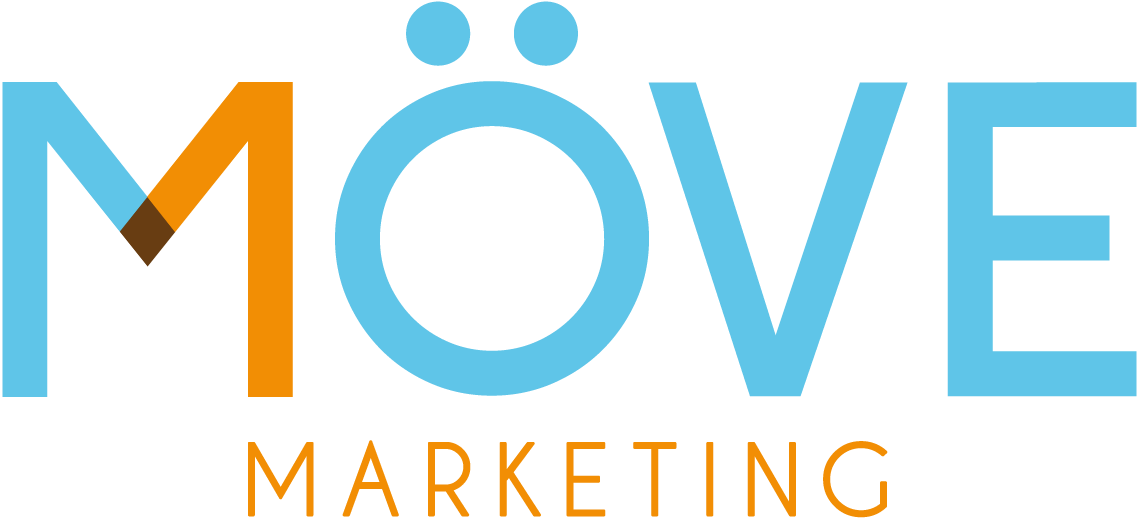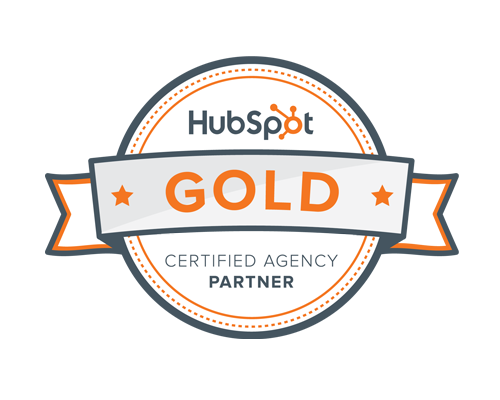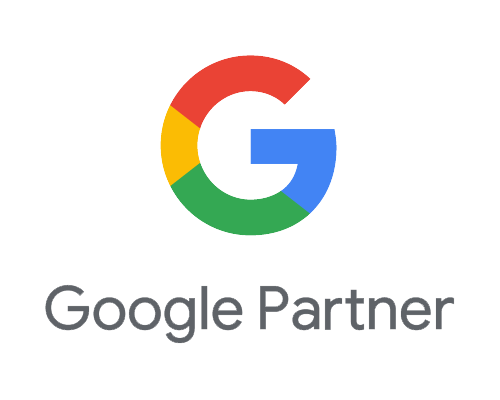
4 Steps to Building a Killer Marketing Automation Strategy
4 Steps to Building a Killer Marketing Automation Strategy
An effective marketing automation strategy is one that constantly evolves as new trends and insights emerge. Optimizing your marketing automation strategy is key to creating high-performing marketing campaigns. In fact, marketing automation, on average, increases sales productivity by up to 14.5% and reduces overhead by up to 12.2%.
Which is why it’s no surprise that 63% of B2B marketers plan to increase their marketing automation budgets this year. Plus, experts predict the marketing automation software industry will double in size by 2023. Mind you, the industry was already worth $6.1 billion in 2021.
With all that said, what’s your marketing automation strategy looking like currently? If you don’t have one yet, now is the time to create one. That’s why we’ve put together a step-by-step guide to building a killer strategy to boost your marketing performance and drive positive results.
1. Segment Your Contact List to Amplify Your Targeting
The first step to building a successful marketing automation strategy is to segment your contact list. Segmentation is a critical step to solidifying your ability to send targeted messages to different subsets of your audience based on significant buyer characteristics. According to Constant Contact, 56% of people who unsubscribed from a business’ email marketing, did so because the associated content was irrelevant to their use case. Not to mention, automated emails that are segmented increase the likelihood that a recipient will click on a link within the email by 50%.
Consider your segmented lists as a reflection of your buyer personas. Say you have three different buyer personas. It’s best to segment your contacts into three separate lists — one for each persona. This way, you’ll be better able to curate specific messages that resonate with all three target audiences in each of their own automated email campaigns. Essentially, segmented lists help marketers keep track of their customer base and more effectively drive buyers through their purchase journey. And don’t forget, sending high-value content that inspires buyers to engage with the email leads to conversion.
Also keep in mind that depending on your organization’s goals, your list segmentation may differ from other companies. Other ways to segment your contacts is by:
- Job title
- Industry
- Location
2. Create Automated Workflows to Effectively Nurture Your Leads
A “killer” marketing automation strategy would be hardly as effective without automated lead nurturing campaigns. Automated email marketing campaigns are great for nurturing leads and keeping prospects engaged with your brand. Automated workflows enable marketers to send emails on a “set it and forget” basis.
Once you finally have your contact list segmented, it’s important to develop a series of emails that are created particularly for each contact list. For example, say you have two separate contact lists for two different buyer personas:
- IT Tommy (Those who have c-suite job titles in the IT industry)
- FinTech Finley (Those who have director job titles in the FinTech industry)
Obviously, there are nuances to each buyer persona and it would be insufficient to send one large email blast after another to this entire database. Instead, curate a lead nurturing email campaign with three to eight emails in each. For IT Tommy, you’ll want to focus the messaging on how your product simplifies critical challenges for IT professionals. For FinTech Finley, your messaging should include information on how your product or service relates to the financial technology industry by saving FinTech professionals time and resources by mitigating administrative tasks.
Then, using an email marketing automation platform such as HubSpot, schedule these campaigns to automatically send every eight days. Ultimately, once you write and build the emails, all you need to do is choose specific criteria to trigger the workflow and your campaign is turned on instantly.
3. Discover Your Audiences Preferences via A/B Testing
The success of any marketing automation strategy depends on customer feedback. What messages are your contacts resonating with? Which types of subject lines are most effective at getting people to open the email? Why? This is where A/B testing comes into play. A/B testing is the experiment of creating two versions of one digital asset, sending it to two groups of likeminded individuals and analyzing the results of which version performed better.
Let’s look at subject line A/B testing, for example. Say you have two different subject lines for the same email and you want to see which one is most effective at getting people to open the email.
Subject Line A: Top 3 Reasons to adopt Kubernetes in Q1
Subject Line B: Interested in Kubernetes? We can help.
Let’s say the results show that Subject Line A received twice the amount of opens than Subject Line B did in the same time period. With this knowledge, you can begin to determine why this subject line was more effective. For one, it offers the reader insight into the top reasons to adopt Kubernetes. It also emphasizes the timeliness of adopting Kubernetes by including “Q1.”
Overall, Subject Line A is more intriguing than Subject Line B. To enhance your marketing automation strategy it’s crucial to continuously test and retest the performance of content to decipher your target audience’s preferred messaging. At the end of the day, your customers, buyers, and leads are the driving force behind your marketing automation strategy.
4. Thoughtfully Leverage Email Metrics and KPIs to Track Your Initiatives
As with any marketing strategy, tracking the right metrics and KPIs is vital to building an effective marketing automation strategy. The is key to leverage the data from these KPIs to navigate your future marketing initiatives. Let’s take a quick look at some of the most critical metrics to monitor to fortify your marketing automation strategy.
Open Rate
The open rate will show you the number of times an email was opened by recipients. According to HubSpot, the average open rate spanning all industries is approximately 20.94%. Keep this in mind when you’re measuring the effectiveness of your automated marketing campaigns; some industries may have lower or higher averages. For example, the real estate industry’s average open rate is 26%.
Click Rate
The click rate is highly important to measure the success of your marketing automation strategy for not only emails but digital advertisements as well. When it comes to Google Ads or Facebook Advertising, the average click rate is approximately 2%. In regards to email click rates, the average is between 2-5%. Thus, if you garner a high enough click rate, that suggests your emails or ads are reaching the right audience at the right time.
Unsubscribe Rate
It’s inevitable that you will have email unsubscribers. Some people may no longer be in need of your services or no longer work for a company that requires your products. Either way, it’s essential that you monitor your unsubscribe rate (average is .17%). If you begin to notice an increase in unsubscribes, it’s likely time to reevaluate your marketing automation strategy. Did you segment your contacts properly? Are you sharing the right message with the right audience?
Bounce Rate
Another vital metric to monitor is the bounce rate, or number of emails that aren’t reaching the recipients’ inboxes. The acceptable bounce rate for any email is roughly 2% or lower. Odds are, if your bounce rate is over 2% or trending on an incline, the problem isn’t necessarily your content, it’s an unclean database. Check out our blog, 5 Best Practices for Database Management to discover how to ensure your database stays clean, up to date, and accurate.
Final Thoughts
Building a killer marketing automation strategy takes a little bit of time, research, analysis, and a whole lot of ideation. It’s important to never become complacent in your marketing automation initiatives and always stay on top of industry trends to outperform your competitors. Möve Marketing is here to help you on this journey.
Schedule a consultation with us — we’d love to chat with you about your goals and how our team can help you surpass them.




